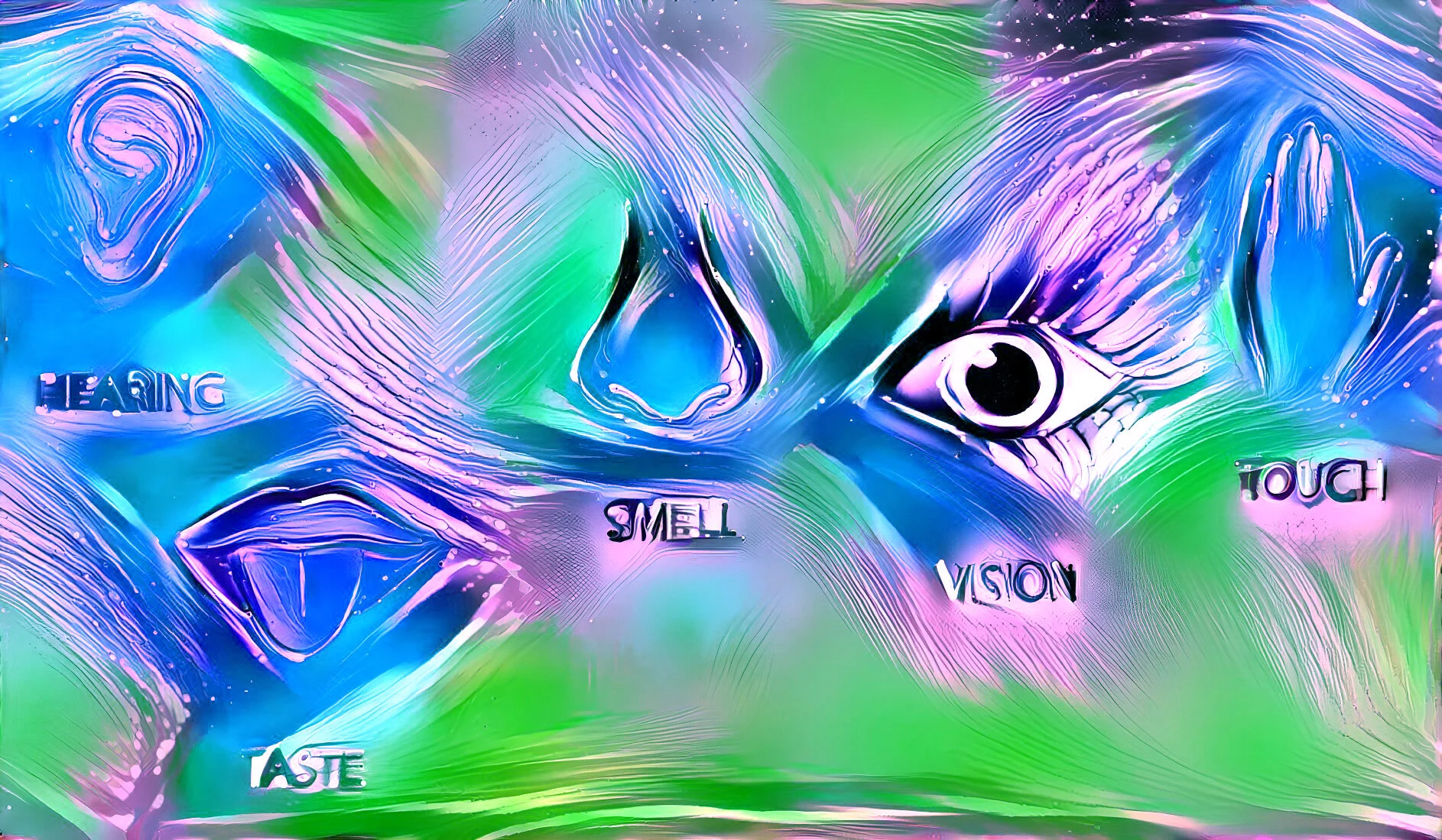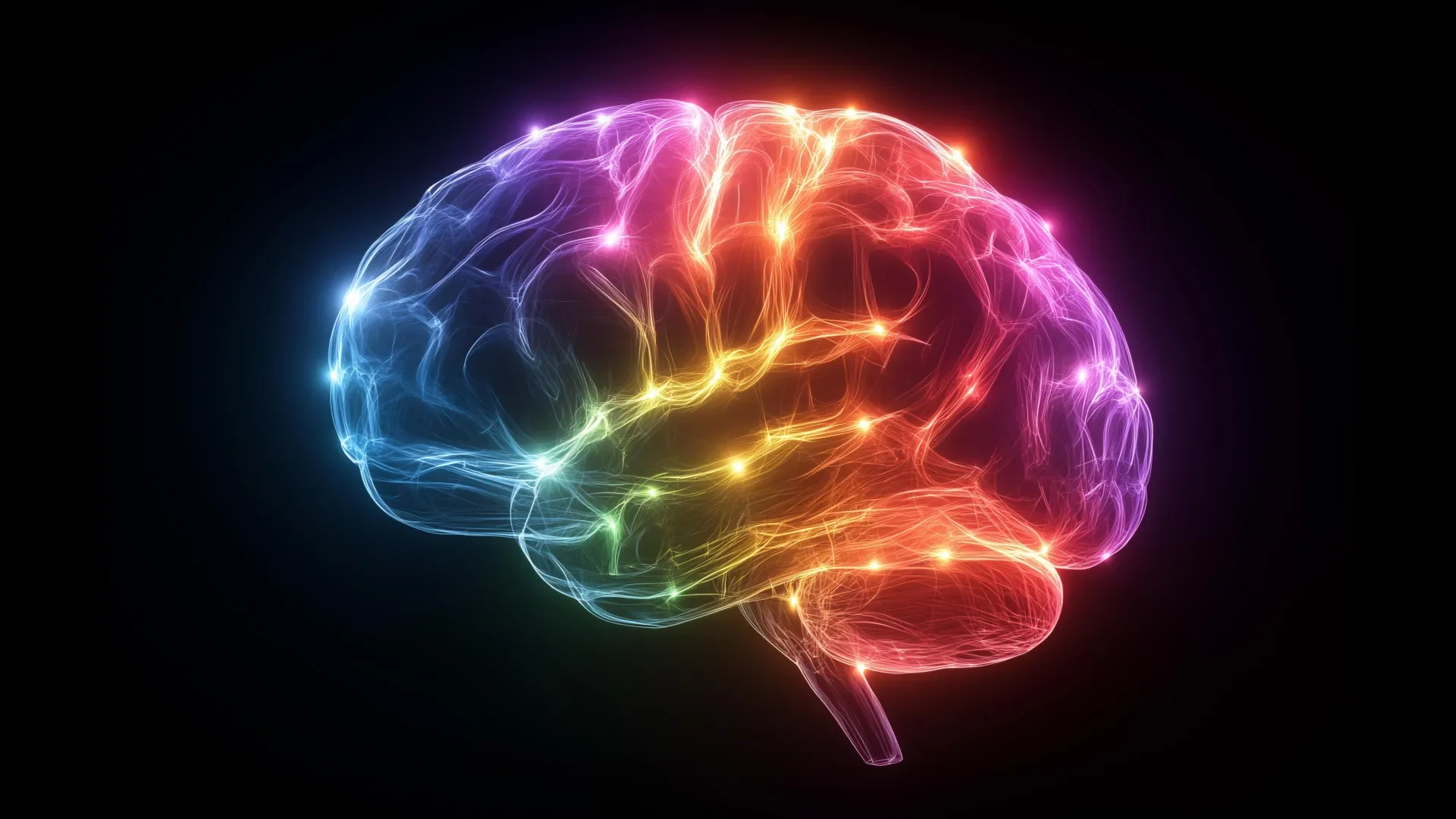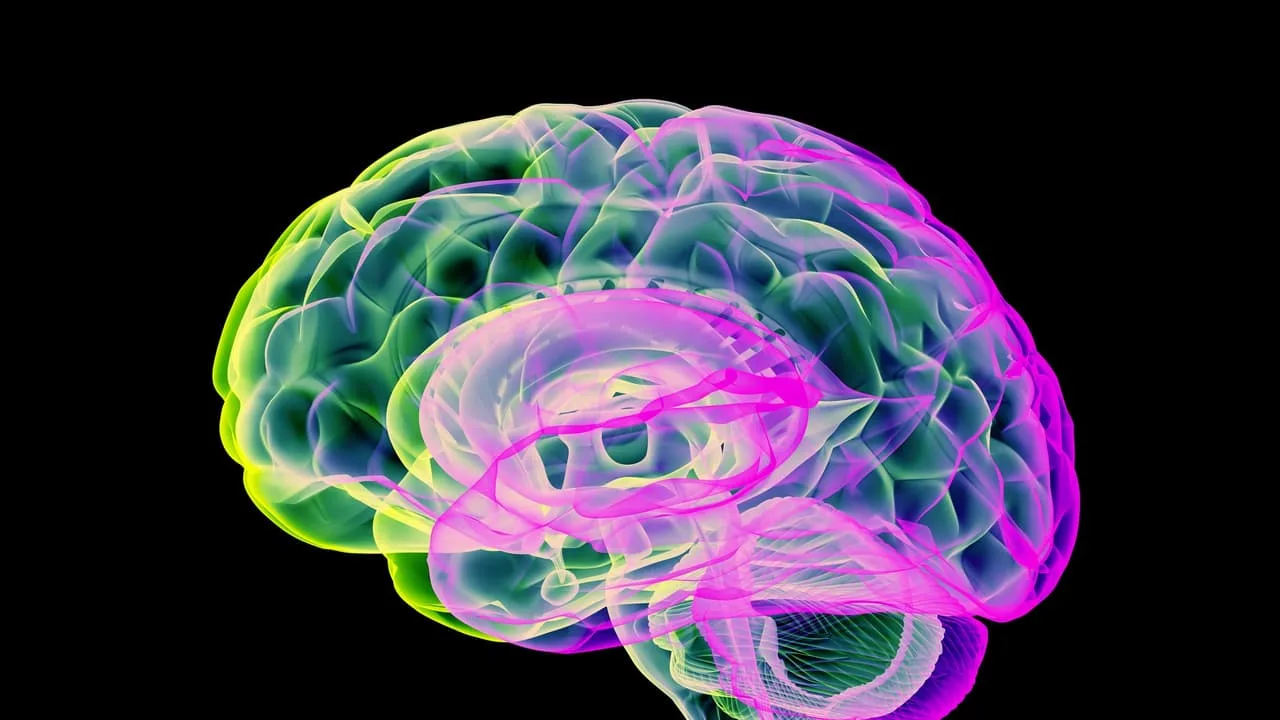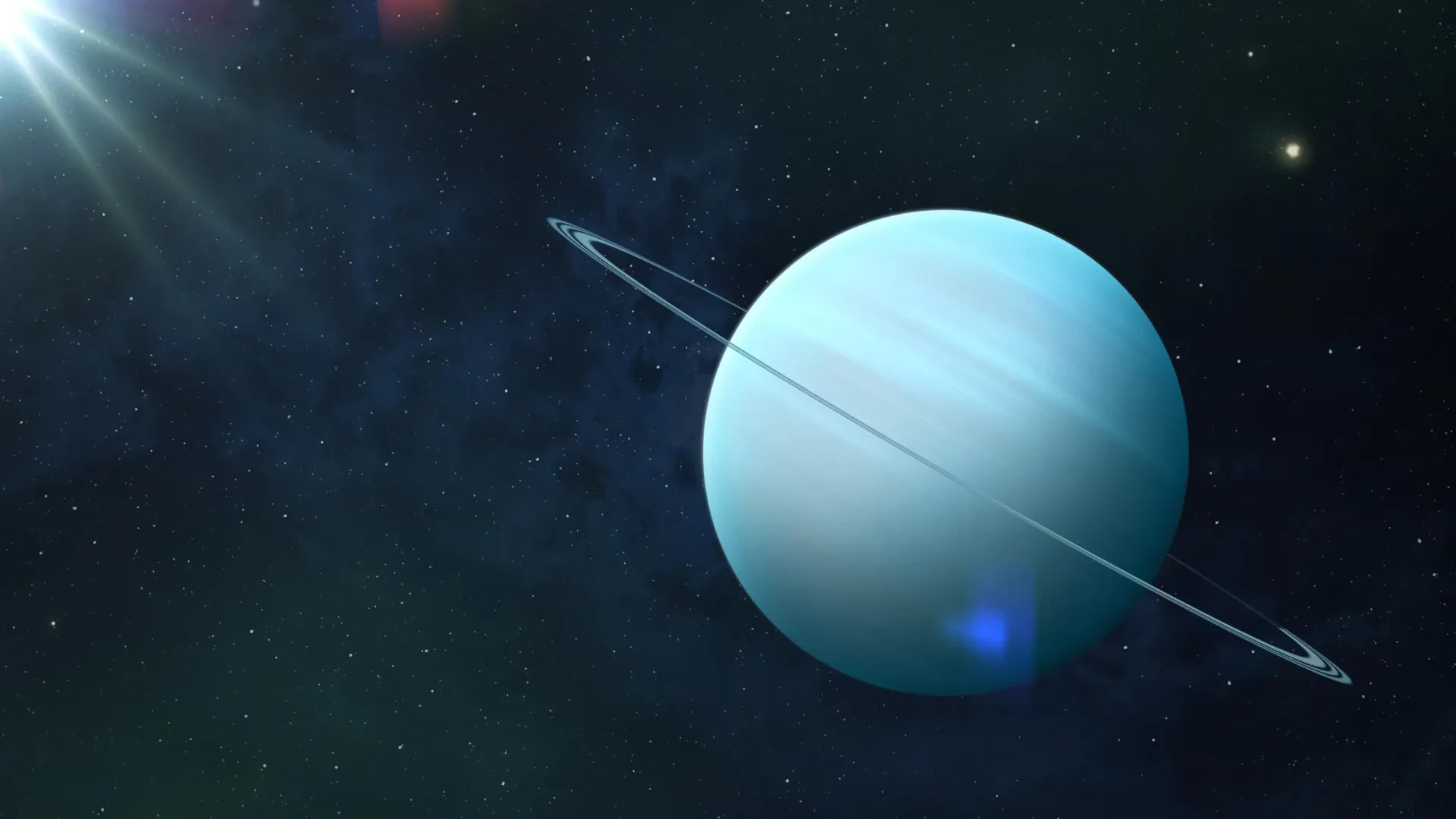A new study from Skoltech proposes that memory capacity peaks with seven distinct sensory features, challenging the classic five-senses model and opening new perspectives for both neuroscience and AI.

October 9, 2025

Source:
Tech Xplore
Skoltech Model Reshapes Thinking on Memory Capacity
Researchers at Skoltech have developed a mathematical model indicating memory systems perform best with seven independent input features, not the traditional five senses. Their work, published in Scientific Reports, analyzes memory engrams—neural representations that encode concepts like objects and experiences.
Seven Dimensions, Seven “Senses”
The study’s core finding: memory performance peaks in a conceptual space with seven unique dimensions. These dimensions—represented as “senses”—mean memory storage and recall reach their mathematical optimum at this number, according to the model (Skoltech, ScienceDaily).
Traditional view: 5 senses, based on biology.
New model: 7 mathematically optimal independent features.
Keep up with the story. Subscribe to the PR+ free daily newsletter

Source:
ScienceDaily
Implications For Human Cognition and Artificial Intelligence
For human memory, the model is speculative. While five main senses are traditionally accepted, science recognizes more through sub-modalities like proprioception. The Skoltech study offers a new mathematical framework, not a challenge to biological facts (ScitechDaily).
Future of AI and Robotics
AI systems could benefit by broadening sensor input and diversity.
Robots designed with seven distinct input channels may better encode, store, and recall information.
Efforts could shift from mimicking the human five-sense set to optimizing for memory performance through greater input dimensionality.
Read More

Source:
Asianet Newsable
Share this news:




















